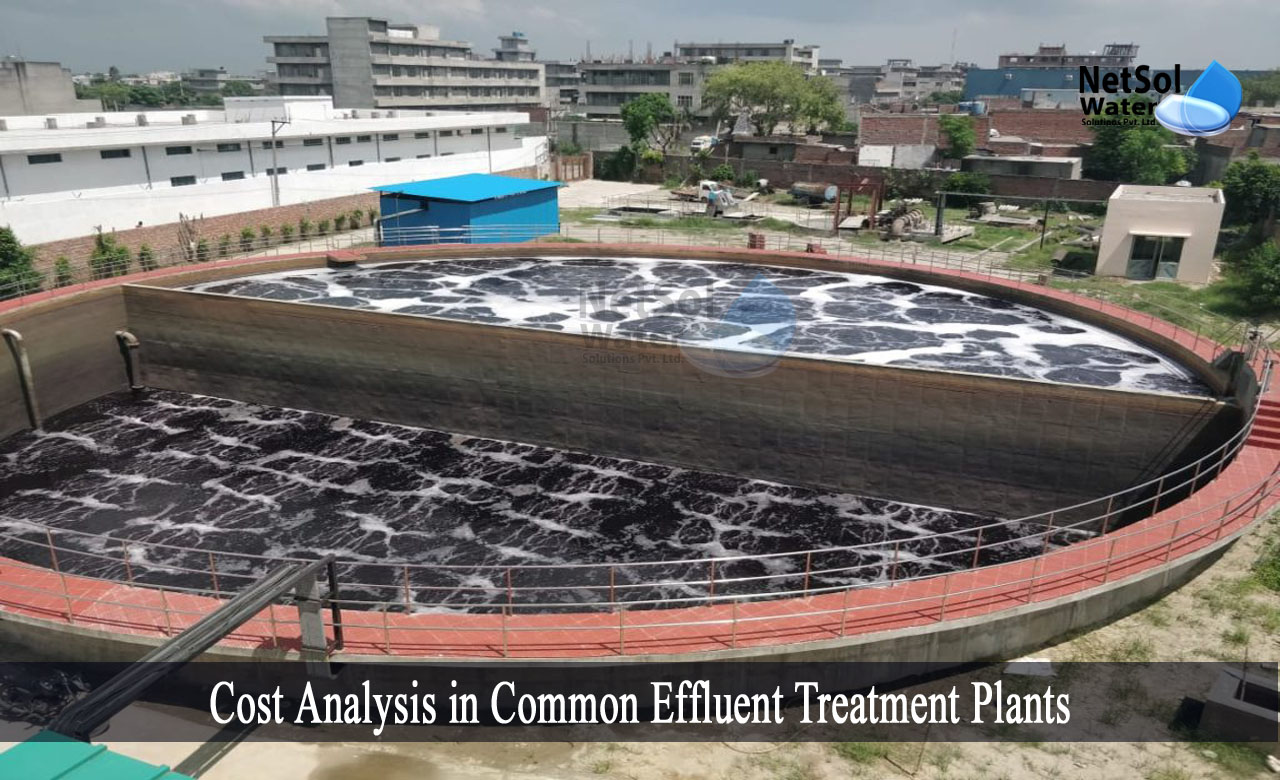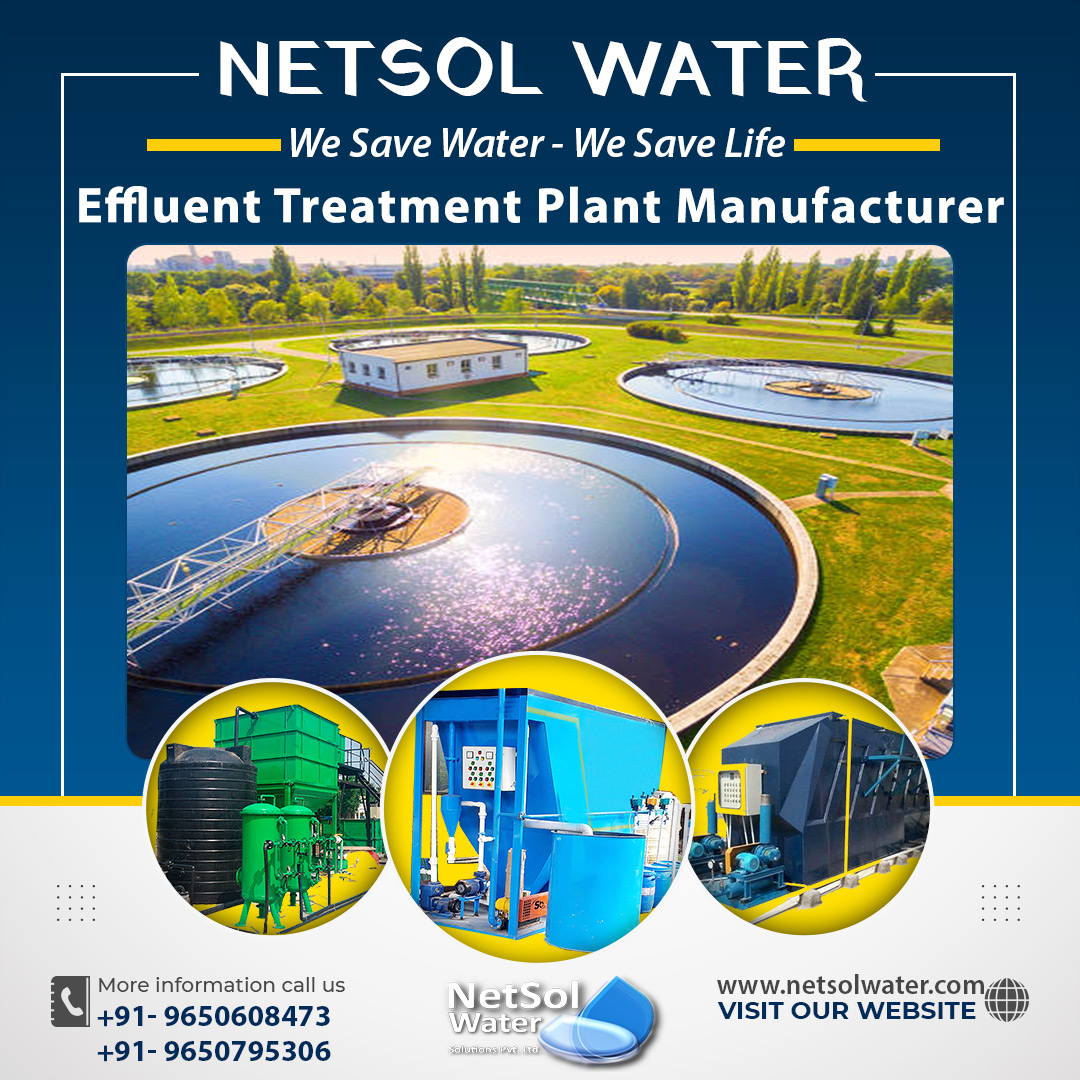How to Cost Analysis in Common Effluent Treatment Plants?
Current wastewater treatment methods are growing more costly, as effluent discharge rules become stricter. However, technical advancements now allow for the treatment of effluent, for a range of industrial re-use applications.
Small to medium-sized businesses frequently fail to meet these strict reuse criteria, for a variety of well-documented reasons, including a lack of footprint assessment, specialized labour, low financial assets/funds, and expensive capital costs. These issues might be mitigated by treating effluent, from a large number of small-scale operations at a single location, where the effluent from each industry is treated. This benefits land conservation, better treatment in one site, ease of operation and maintenance, and shared expenditures, and is promoted by state regulatory bodies. But, to deal with such huge amount of effluent, we need to assess and analyse the cost in Common effluent treatment plants.
Cost Analysis in CETPs
Cost estimates (capital, operating and maintenance) for all treatment alternatives, as well as yearly projections, are evaluated for CETPs. Treatment expenses would typically comprise regular collection and treatment expenditures. To maintain financial flow and stability, a portion of the equity is collected as a non-refundable membership fee, from the member industry. A regulatory system is frequently formed, to verify the delinquent member industries in terms of payment.
The following attributes must be considered while calculating costs:
A) Capi?tal cost which includes
· Land,
· Process expertise,
· Electrical equipment,
· Civil work, which includes administrative buildings and process units, as well as internal roadways,
· DG Sets on standby,
· The piping (preferably HDPE of suitable pressure rating),
· Instrumentation (machinery) such as,
- Flow meters (at the entrance, in the aeration tanks, and at the outflow),
- D.O. meters in the aeration tanks ,
- TOC meter,
- TDS (Total Dissolved Solids) meter,
- VOC meter, and so on, as required by the SPCB.
· Analytical laboratory equipment, including instrumental analysis, and
· Piping for industrial estates or tankers.
B) Operational expenses
· Power (State electricity Board and Diesel for stand-by DG Sets),
· For chemical solution formulation, use fresh drinking water or bore water,
· Transportation expenses for wastewater, if gravity collection is planned after sample collection, and analysis or road tankers,
· Water costs for effluent (if provided),
· Maintenance and repairs to the plant,
- Mechanical,
- Electronic,
- Equipment.
· Charges for sludge disposal,
· Glassware and laboratory chemicals,
· Plant process chemicals (consumables) such as lime, alum, poly electrolyte, and so on,
· Electrical backups,
· Mechanical spare parts,
· Consultation fees (if required),
· R&D activity spending.
C) Administra?tive and other personnel
· Salary and benefits,
· Extra time,
· Charges for Auditors,
· Bonuses, medical coverage, and other perks.
Conclusion
CETPs treat effluent from industrial waste, establishing criteria for non-potable re-use. CETP effluent is a difficult challenge, because it is a large capital cost demanding operation with rigorous effluent reuse standards. There are roughly 193 CETPs in India, with 45 units operating in North India (14 in Haryana, 1 in Himachal Pradesh, 1 in Jammu and Kashmir, 13 in Delhi's National Capital Territory, 4 in Punjab, 8 in Uttar Pradesh, and 4 in Uttarakhand).
The majority of CETPs were planned and built to re-use treated water for non-potable applications, in industrial or other settings. The CETPs that have been installed have primary to secondary biological treatment, followed by tertiary treatment that includes pressure sand/activated carbon filtering. However, the CETPs may require further testing to eliminate trace organics, heavy metals, and colour.
Best Common Effluent Treatment Plant Manufacturer in India




